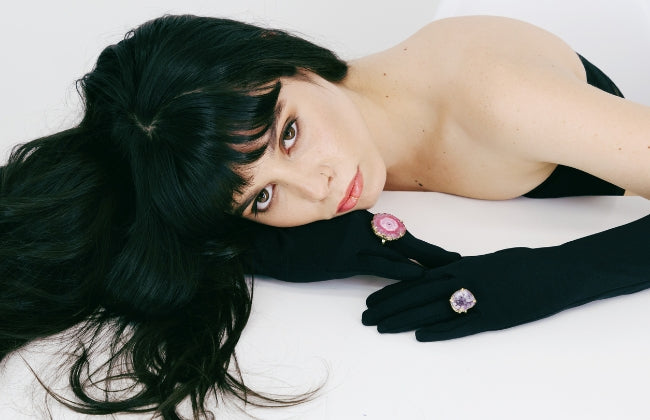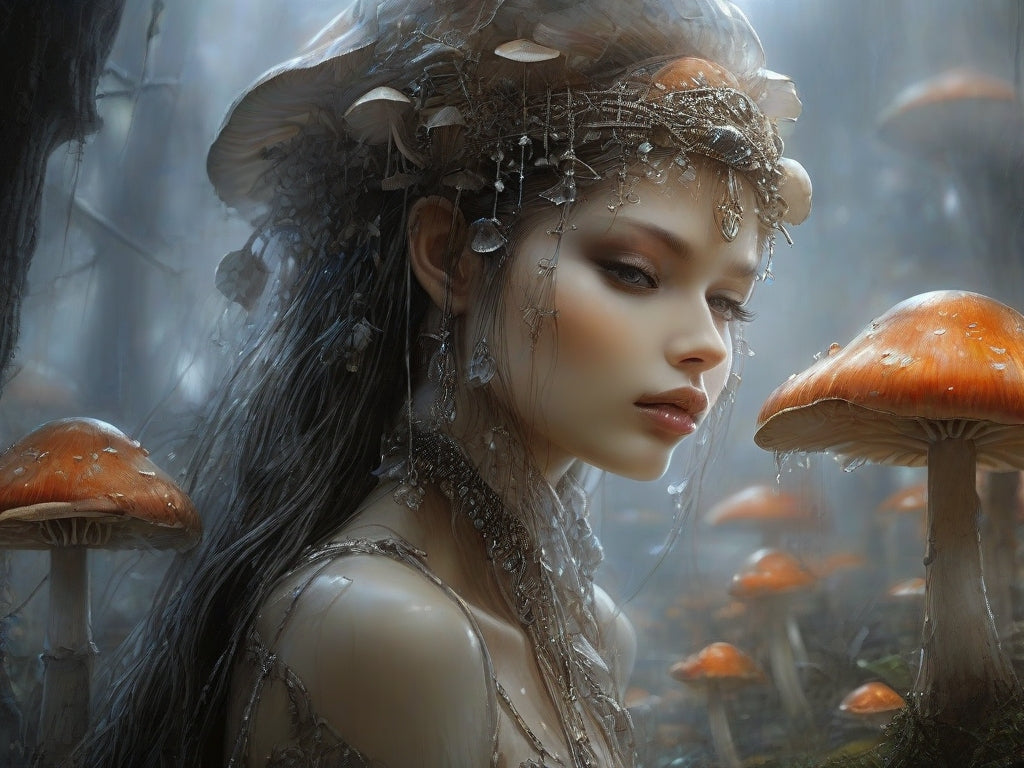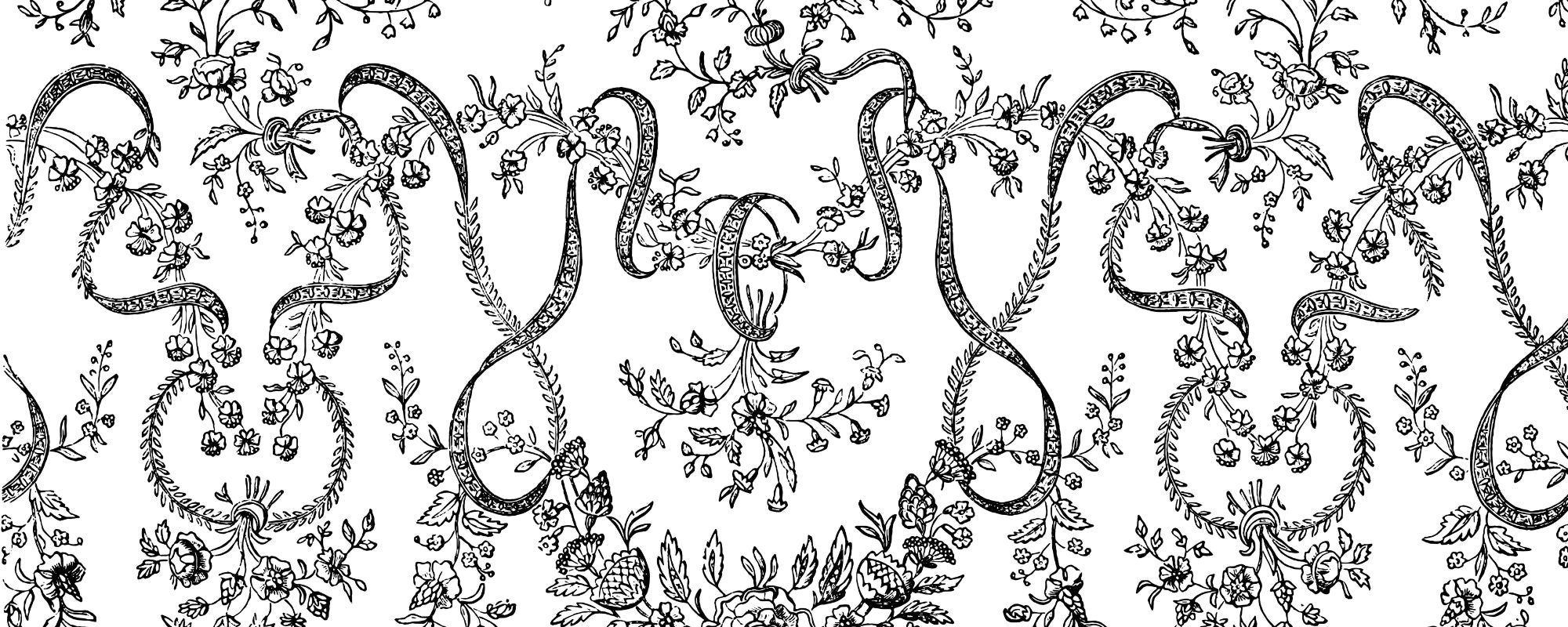Who doesn’t love a creamy mushroom risotto or, for the carnivores, a juicy steak with mushroom sauce? Sustenance aside, these versatile fungi are now being used in sustainable leather (ask Stella McCartney), and Fomes fomentarius, also known as Horse’s Hoof Mushroom, is being explored for its potential to replace plastic in a whole bunch of different use cases, such as replacing plastic parts for electronics, vehicles and more.
If you think that’s the extent of the humble mushroom’s abilities, welcome to what’s being called the skincare ‘Shroom Boom’.
MUSHROOMS ARE A SIGNIFICANT COSMETIC BUSINESS
The West is catching on to an age-old trick from the East: using mushrooms in cosmetics. A paper published in Biosciences Biotechnology Research Asia reveals that “Overall, after button and oyster (black/yellow/pink and others) mushroom, shiitake mushroom is the third most demanding category of mushroom with the global market size of USD 362.7 million in 2020 which is projected to reach USD 447.7 million by 2026, with a healthy growth rate of more than 3.6% due to its high demand in cosmetics and pharmaceutical sector.
Shiitake mushroom is widely used in hair cosmetics as it helps maintain the scalp's hygiene and manipulate the hair's structural properties. In addition, the size of the extract market of Reishi mushrooms is also forecast to reach $ 560.78 million by 2025, growing at a CAGR of 4.68% from 2020-2025.
The organic Reishi mushroom extract held the largest share of the market in 2019. Therefore, we can say that Reishi and Shiitake rule the mushroom cosmetic market as both contain multiple health, beauty, and skincare benefits.
Mycology - the study of fungi
If you’re a fan of ‘The Last of Us’, fungi might be frightening, but I became obsessed with mushrooms (a type of fungi) years ago as I started exploring nutricosmetics. Few ingestible beauty supplements are more powerful and versatile than mushrooms.
I need to take a moment to geek out on these incredible organisms; trust me, you don’t know half of what they are or what they can do:
The American National Park Service explains that mushrooms aren't plants; they are types of fungi (a group that includes moulds, yeast and mildew) that have a "plantlike" form - with a stem and cap (they have cell walls as well). This is just the "flower or fruit" of the mushroom - the reproductive part dispersing the spores. The more significant portion of many fungi (the mycelium or roots, if you need a plant reference, is underground and can be acres in size!
GroCycle, a social enterprise based in the UK, shares that ‘the largest living organism on the planet is a single honey mushroom (Armillaria ostoyae) in the Malheur National Forest, Oregon, USA. It’s around 5,6 km wide, occupies an area of 2,385 acres, and is at least 2,400 years old, but it could be much older, according to some experts.
It gets even more remarkable: Fungi allow trees to talk to each other. Mycorrhizal fungi (like Chanterelles or Porcini) have a symbiotic relationship with host trees and plants. The fungi interact with the plant’s roots and provide nutrients, getting simple sugars in return.
But the fungi’s mycelial network also facilitates the sharing of nutrients and information between plants and trees of different species. In 1997, Prof Suzanne Simard realised that trees were talking to each other using mycorrhizal networks and coined the term ‘Wood Wide Web’. The vast networks of mycelium allow trees to share nutrients and warn each other about droughts, pests and diseases. Seriously…trees talking to each other via a fungi phone!
Mushroom Cosmetics: The Present and Future, published on MDPI, reveals that the number of mushroom species on Earth is currently estimated at 150,000, yet perhaps only 10% (approximately 15,000 named species) have been identified.
WHAT MUSHROOMS CAN DO FOR YOU
Regarding nutricosmetics, there are several superstars within the mushroom family. Before I introduce them, here’s a quick overview of what mushrooms can do for your body:
- They’re all the anti’s – antioxidant, anti-inflammatory, antiviral, and antibacterial,
- Mushrooms have adaptogenic capabilities, which is a big deal. It means that they can modify stress responses and bring our bodies back to equilibrium,
- Mushrooms contain antioxidant and anti-inflammatory properties, specifically ergothioneine and glutathione, that may help protect against free radical damage that can contribute to everything from Alzheimer’s disease to cancer,
- Some mushrooms can also help reduce skin problems like rosacea and adult acne,
- Mushrooms like White Button, Cremini, Portobello and Oyster are good sources of minerals, B vitamins, protein and phytonutrients for general dietary health maintenance,
- Some mushrooms contain Beta-Glucans, which is soluble dietary fibre naturally occurring in the cell walls of cereals, bacteria, and fungi, that help with wound healing and hydration.
Now that we’ve covered the basics, let’s get into the specifics.
MEET THE SUPERSHROOMS OF BEAUTY & SKINCARE
For our beauty, especially skin-focused nutricosmetics, here at My Beauty Luv, we currently focus on mushrooms traditionally known as ‘beauty mushrooms,’ which have been used to enhance, heal and rejuvenate skin in the Far East for centuries.
#1: The Tremella Mushroom (Tremella fuciformis) - hailed as the 'Beauty Mushroom' in China
Habitat: Tremella mushrooms grow in tropical and subtropical regions worldwide. They have been cultivated since the 1800s in China, and their medicinal use can be traced as far back as 200 AD.
During the Tang dynasty (618–906 AD), they were nicknamed “Fountain of Youth” mushrooms. According to legend, Yang Guifei (719–756AD), an imperial concubine known as one of the four most beautiful women in Ancient China, attributed her everlasting beauty to Tremella mushrooms. It has been called the “Beauty Mushroom” in Asia ever since.
Use: This remarkable medicinal mushroom is loaded with Vitamin D in its most bioavailable form (Vitamin D helps protect against sun damage and regulates cellular replication). Tremellas have been scientifically shown to improve skin hydration, improve wrinkle depth, protect against collagen loss after UV exposure, and reduce inflammation.
The most potent nutritional constituents of Tremella are amino acids, vitamins (especially Vit D), minerals, polysaccharides, dietary fibres, enzymes, metabolites, N-acetylglucosamine, flavonoids, polyphenols, alkaloids and organic acids.
It’s been reported that Tremella (TP) are the major bioactive component and activity unit of Tremella, and they do the most good in our bodies.
TP assists with:
- Improved skin elasticity,
- Hydration and,
- Anti-aging
#2: The Cauliflower Mushroom (Sparassis crispa)
Habitat: The Cauliflower Mushroom, as it is commonly known, is an edible brown root fungus that grows primarily on the stumps of coniferous trees. It is widely distributed throughout the Northern Temperate zone in many countries worldwide.
Traditional medicine has sworn to its healing properties. Over the past 30 years, scientific and medical research carried out predominantly in Japan, China and Korea (and more recently in the USA) has revealed this mushroom's unique and potent compounds.
Use: This unique medicinal mushroom is rich in veratric acid, a molecule known for its antimicrobial, anti-irritant and antioxidant properties. Cauliflower mushroom has been scientifically shown to protect skin cells by inhibiting UVB-induced DNA damage, promoting collagen synthesis and increasing healthy fibroblast cell activity.
#3: Jew’s Ear Mushroom (aka Wood Ear, Jelly Ear, or Auricularia auricula-judae)
Habitat: The Jew’s Ear grows on dead and living wood and can have a light or dark brown colour (getting darker as it ages). Although found in Europe, Asia, North Africa and North America, they were the first cultivated mushroom in China around 100 BC.
Use: This fantastic medicinal mushroom is highly prized for its many health and longevity-promoting abilities. It has been scientifically shown to promote procollagen biosynthesis in skin cells and to increase hyaluronic acid synthesis, thereby hydrating the skin and protecting against loss of elasticity.
Traditional experiences (and now modern studies) have demonstrated that this mushroom has distinct pharmacological properties, importantly for beauty, and its anti-inflammatory and antioxidant properties. Even simply gargling with it alleviates a sore throat or tonsilitis and is used to treat chronic bronchitis naturally.
It’s the active compounds inside this edible fungus that deliver all the benefits: Polysaccharides, cellulose, pectin, uronic acids, vitamins (B and D2 especially), minerals and essential amino acids (alanine, glycine, glutamic acid, aspargic acid, proline and serine).
Inflammation also causes premature ageing, not just of our bodies but also our skin (our largest organ). It does this by destroying the structural components of our skin, namely collagen and elastin. So, it makes sense that if we combat inflammation, we can slow down the ageing process and look & feel younger.
GETTING THE BEST OUT OF BEAUTY MUSHROOMS
Certain mushrooms, like hard bracket or shelf fungi that are extremely hard, would require a mild water extraction (as in having them as tea) or powdered. Many species, like Lions Mane, Cordyceps, Tremella, Cauliflower, Jew’s Ear, etc, do not require any extraction and can be consumed perfectly as is.
It is thought that others need to have their properties extracted scientifically. The theory around the ‘extraction’ process within a laboratory is that it stimulates the human stomach and its potent acids. The downside is that the extracted mushroom powder loses much of its additional compounds (which are destroyed during the process). These other compounds are needed for the whole mushroom to work - known as the ‘entourage effect’.
We don’t extract our mushrooms. For example, the best way to keep the complex internal structure of Tremella is by freeze-drying the whole fruiting body as is (compared to microwave drying and hot air drying) without having to do any harmful extraction process. This assures the high nutrient content and colour.
Our range of beauty shrooms is the whole fruiting body of the fungus, freeze-dried and powdered. We do not use extracts, fillers or binders that harm the delicate integrity of its natural compounds – delivering 100% potency.
My Beauty Luv’s global first formulation, Beauty Blast®, brings this advanced anti-ageing and scientifically tested mushroom to you.





